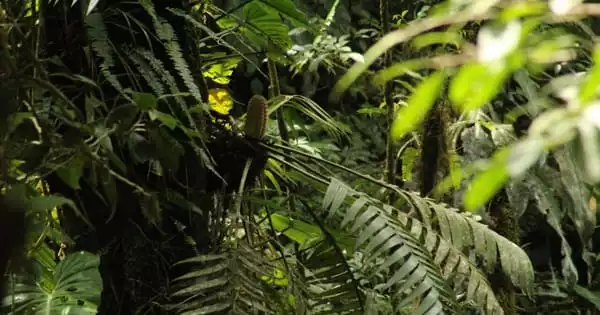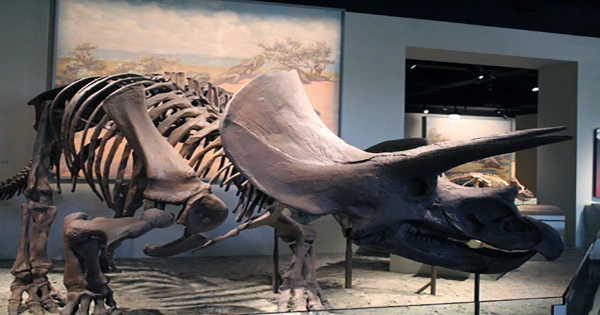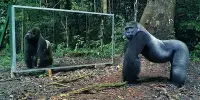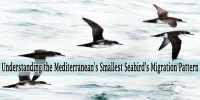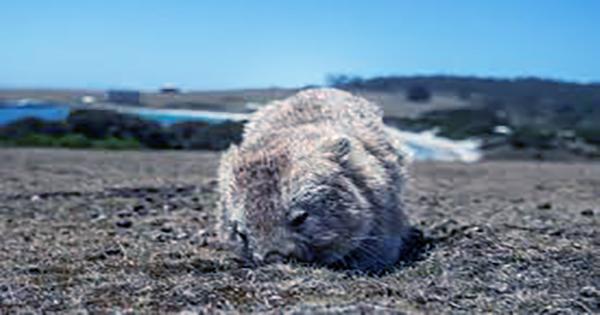Camera traps in the forest canopy capture a nocturnal creature that may be aiding Zamia pseudoparasitica’s survival in the air. Sleeping in a car may be necessary for scientists performing fieldwork. In the year 2020, a group of young researchers spent two nights sleeping in their automobile in the mountains of western Panama. The second time was not on purpose: their car broke down near El Copé, Coclé province, and they had to wait for a tow truck. At least one local woman took pity on them and provided them fried plantains and coffee.
After a few years and a pandemic, the study that resulted from those events was published in the journal Ecology and Evolution, giving details on the natural history of a rare plant found only in Panama.
Zamia pseudoparasitica is a one-of-a-kind plant found only in the montane cloud forests of western Panama. It’s a cycad, a type of plant that looks like a palm tree and produces cones. Zamia is a genus that first appeared 68.3 million years ago, when dinosaurs were still roaming the world. The most remarkable aspect of this species is that it is the world’s only epiphytic Zamia: it does not grow on the ground, but instead hangs on to the branches and trunks of trees using its roots, which are normally 7-20 meters above the ground.
To begin unraveling the enigma of how it survives in the canopy, a fortuitous research team was created. Claudio Monteza, a doctoral student at the Max Planck Institute for Animal Behavior and a visiting scientist at the Smithsonian Tropical Research Institute (STRI), and Lilisbeth Rodrguez, a Senacyt-STRI intern and biologist, met one day at the Smithsonian research station on Barro Colorado Island in the Panama Canal. She told him about her research on Z. pseudoparasitica, which she was doing with the help of Juan Carlos Villarreal, a biologist from Laval University in Canada, and Kristin Saltonstall, a STRI staff scientist in Panama.
The montane forests of western Panama are incredibly unusual, loaded with numerous species that aren’t found anyplace else. It’s wonderful to document this connection between such a unique plant and an animal that is similarly poorly understood.
Kristin Saltonstall
“My goal was to collect samples from several kinds of Zamias throughout the country,” Rodrguez explained. “These samples would then be tested in the laboratory to determine which fungi and bacterium species grow inside their leaves.”
Her boss, Juan Carlos Villarreal, told her that no one knew how the seeds of this plant were dispersed: it was a mystery. Lilisbeth, who had previously climbed trees as part of the research and was aware of Claudio’s work with video traps to investigate mammal behavior, asked to borrow some traps. She wanted to put them high in the woods to see what animals interacted with the Zamia.
Claudio, as well as Pedro Luis Castillo, a research assistant at STRI, and Edgar Toribio, a Santa Fe tour guide, joined the experiment. They installed camera traps on trees in three protected places where Z. pseudoparasitica grows at the end of 2019: the Palo Seco Protected Forest, the Santa Fe National Park, and the Omar Torrijos Herrera National Park in El Copé. They acquired the camera traps in March, just before a required quarantine due to the virus began.
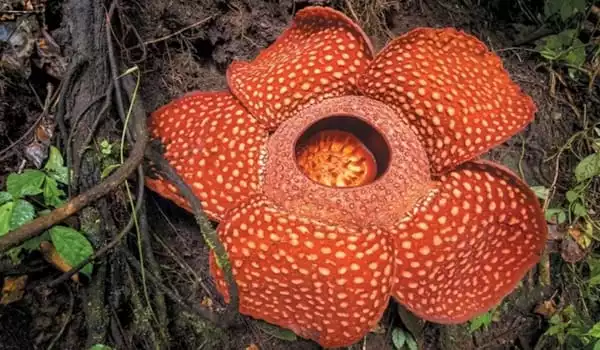
What they discovered in the photos could help explain why Zamia pseudoparasitica spreads in trees rather than on the ground, as other Zamia species do. While seven different mammals visited the branches where Z. pseudoparasitica was growing, some paid no attention to the plant while others, such as capuchin monkeys, opossums, and kinkajous, investigated and licked the cones but did not take the seeds.
Only the northern olingo (Bassaricyon gabbii), a nocturnal tree-dwelling animal that is active high in the canopy and feeds mostly on fruit, was spotted at all three sites on many occasions. They were observed investigating and chewing the cones of Z. pseudoparasitica while they were still closed and juvenile. Once opened, the cameras detected the olingos collecting up to four seeds at a time.
“It’s possible that the olingos are transporting the seeds to their den or even to a seed bank,” Monteza added. “If they are, which we don’t know for sure, it would assist to explain why this is the only Zamia species that dwells in the forest canopy.” In other words, if the seeds are being kept in the canopy by olingos, they may end up in suitable positions for germination up there.
“The montane forests of western Panama are incredibly unusual, loaded with numerous species that aren’t found anyplace else,” said Kristin Saltonstall, project co-supervisor. “It’s wonderful to document this connection between such a unique plant and an animal that is similarly poorly understood.”
“Z. pseudoparasitica is a real epiphyte, which means it spends its entire existence in the forest canopy,” Monteza explained. “How it persists is a conundrum that we may be able to address with these preliminary discoveries. It’s exciting because it means we can move on to the next phase by gathering more data; for example, it strikes to us that we could label the seeds with bioluminescence, wait for the olingos to take them away, and then look for the seeds at night.”
